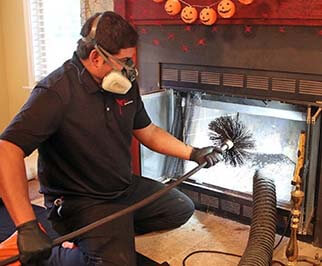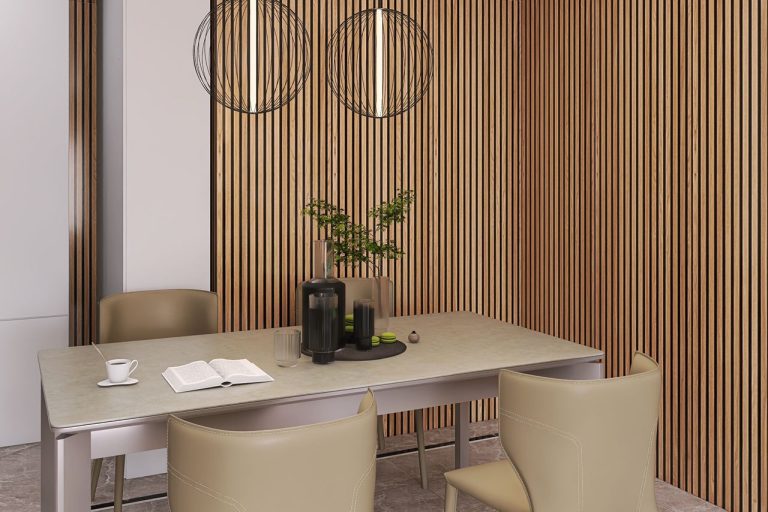Apr 10, 2025
Essential Signs Your Chimney Needs Attention: A Guide to Chimney Maintenance

Essential Signs Your Chimney Needs Attention: A Guide to Chimney Maintenance
Chimneys are a vital part of your home’s heating system, allowing smoke and gases to exit safely while keeping your living space warm and cozy. Neglecting your chimney can lead to significant hazards, including chimney fires and carbon monoxide poisoning. Regular chimney maintenance is crucial in preventing these dangers, but how do you know when it’s time for a thorough cleaning? This guide will address key indicators that suggest your chimney requires maintenance, along with important tips for keeping it in top shape. Regular chimney maintenance is crucial for ensuring optimal fireplace performance and safety.
The Importance of Regular Chimney Maintenance
Investing in routine chimney maintenance is not just about cleaning; it’s about ensuring the safety and efficiency of your home. Understanding the risks associated with neglecting your chimney can save lives.
- Preventing Fires: Creosote can build up and ignite, leading to dangerous chimney fires.
- Improving Airflow: A clean chimney promotes better draft, which means more efficient burning and less smoke entering your home.
- Extending Lifespan: Regular maintenance can prolong the life of your chimney and associated heating systems.
By understanding the essential signs of a chimney in need of maintenance, you can protect your home and family.
Key Signs That Indicate Your Chimney Requires Immediate Maintenance
Awareness is the first step in ensuring your chimney function properly. Look out for these indicators:
- Pungent Odors: A burnt smell coming from the fireplace or chimney, especially when not in use, signifies creosote buildup.
- Smoke Backflow: If smoke begins to enter your home instead of exiting through the chimney when your fireplace is in use, this indicates a blockage that needs attention.
- Soot and Residue: Stains around the fireplace or on the chimney’s exterior can signal excess soot and creosote buildup.
- Birds or Animal Presence: If birds or animals are nesting near the top of your chimney, this can restrict airflow, making chimney maintenance essential.
- Moisture or Water Damage: Water leaks or moisture marks around the chimney can indicate structural issues needing immediate assessment.
Why Professional Chimney Maintenance Matters
While many homeowners attempt DIY cleaning, professional chimney maintenance is the safest and most effective approach. Here are key reasons to hire a professional:
- Expertise: Professionals have the training and experience to identify problematic areas you might overlook.
- Safety: They use specialized tools to clean the chimney safely and efficiently, minimizing risk to your home and family.
- Comprehensive Inspecting: A professional service offers a thorough inspection, identifying issues beyond mere cleaning, like structural damage or flue problems.
Effective Chimney Maintenance Tips for Homeowners
Maintaining your chimney can help prevent major repairs and ensure that your heating system operates smoothly. Consider these helpful tips:
- Schedule Regular Inspections: Aim for professional inspections at least once a year, particularly before the heating season.
- Use the Right Wood: Burning seasoned hardwoods reduces creosote buildup compared to softwoods.
- Install a Chimney Cap: A cap keeps debris and animals out while preventing water damage.
- Clear Away Debris: Regularly remove leaves and branches from the chimney surroundings to avoid blockages.
Frequently Asked Questions About Chimney Maintenance
How often should I clean my chimney?
It is recommended to have your chimney inspected and cleaned at least once a year. However, if you use your fireplace frequently, you might need more frequent maintenance. A well-maintained chimney contributes to better energy efficiency in your home.
Can I clean my chimney myself?
While some homeowners may attempt to clean their chimneys, professional services are recommended for thorough and safe cleaning, ensuring that all creosote and blockages are removed effectively.
What are the risks of neglecting chimney maintenance?
Neglecting chimney maintenance can lead to dangerous chimney fires, carbon monoxide buildup in your home, and potentially costly structural damage to the chimney itself.
How can I tell if my chimney needs maintenance?
Signs such as smoke backflow, odor, and visible soot or stains are clear indicators that your chimney requires maintenance.
What should I do if I notice issues?
If you observe any of the signs mentioned, it’s crucial to contact a professional chimney service immediately. They can perform a thorough inspection and necessary maintenance.
Conclusion
Keeping your chimney in optimal condition is essential for a safe and efficient home. Regular chimney maintenance can help prevent accidents while enhancing your fireplace’s performance. By recognizing the signs that indicate your chimney needs cleaning and staying proactive with inspections, you can rest assured that your home will remain safe and comfortable through the chilly months.
Incorporating chimney maintenance into your home care routine is vital. Ensure your fireplace is a source of warmth and enjoyment, not a hazard.
More Details



